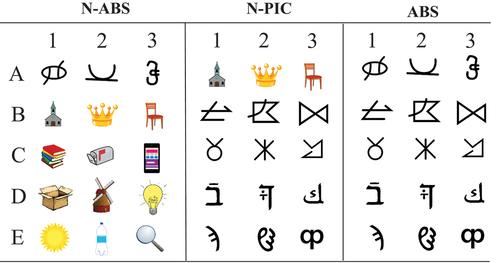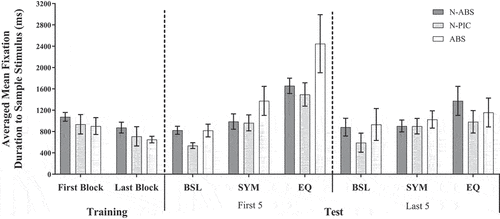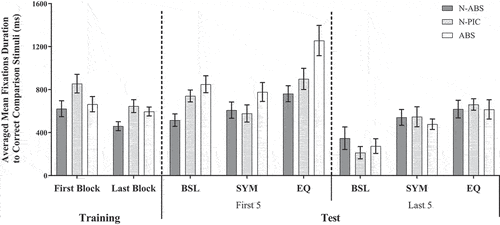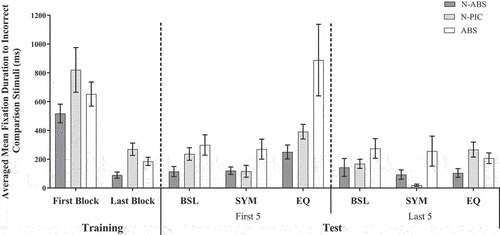Figures & data
Figure 1. The Stimuli used in each group.

Figure 2. A visual display of trials as it appears on the computer screene.

Table 1. Overview of the training and test phases.





Table 2. Results from the statistical tests.
Register now or learn more
Open access
Figure 1. The Stimuli used in each group.

Figure 2. A visual display of trials as it appears on the computer screene.

Table 1. Overview of the training and test phases.





Table 2. Results from the statistical tests.
People also read lists articles that other readers of this article have read.
Recommended articles lists articles that we recommend and is powered by our AI driven recommendation engine.
Cited by lists all citing articles based on Crossref citations.
Articles with the Crossref icon will open in a new tab.